omega 3 6 9
 Amazon.com: Sundown Triple Omega 3-6-9, Heart and Circulatory Health, 200 Softgels (Packaging May Vary): Health & Personal Care
Amazon.com: Sundown Triple Omega 3-6-9, Heart and Circulatory Health, 200 Softgels (Packaging May Vary): Health & Personal CareBrowse TopicSearch Harvard Health Publishing What can we help you find? Enter the search terms and click the Search button. Both items and products will be sought. Shopping cart Description Qty Price (Print - Free Shipping from USA) $20.00 (PDF - Lower price!) $16.00 (Print & Online Access (PDF)! $ 16.00 Subtotal $54.00 Note: If you have a promotional code, you will be asked to enter it before confirming your order. Income to the customer If you have an account, please enter. New customers If you subscribe to any of our printed newsletters and have never activated your online account, please activate your account below to get online access. By activating your account, you will create a login and password. You just have to activate your account once. Pay your bill OnlineInside Heart Health:Content Highlighted:In case you've been lost:Keep up the symptoms of heart failure Self-help for the Zumo head-fibrush and statins Within the mind " Mood: Content Highlighted:In case you've lost it:Evaluating MCI (Mild Cognitive Impairment)4 ways to improve your approach and someone's memory? Inner pain:Content Highlighted:In case you've missed it:Create a plan to relieve back pain Exercise can relieve rheumatoid arthritis5 exercises to improve hand mobilityInside Staying Healthy:Featured Content:In Case You Missed It:Working with advanced care scenarios When your bladder keeps you awake at night Easy ways to improve your balance Internal cancer: Highlights:In case you're lost It's:Treat prostate cancer with hormonal therapy-traditional combination Can the diet help fight prostate cancer? Most melanomas start as new points Indoor diseases " Conditions: Content Highlighted:In case you've missed it:Tai chi: Promendo para COPDOver-the-counter antacids for heartburn Healthy food for blood sugar controlInside Men's Health:Remarked content:If you've missed it:Consections to talk to your doctor about EDTreat The best exercises for your bonesSymptoms and signs of hypothyroidism in an older personInside Children's Health:Featured Content:In Case You Missed It:No need to avoid healthy omega-6 fats Omega-6 fats of vegetable oils, such as their cousins, omega-3 fats of fish, are good for the heart. Omega, the final letter of the Greek alphabet, is often used to mean the last of something, or the end. However, when applied to dietary fats, omega represents a healthy start. Two families of polyunsaturated fats, omega-3 and omega-6 fats are good for the heart and the rest of the body. The terms omega-3 and omega-6 mean nothing mystical. Instead, they describe the position of the first carbon-carbon double link in the backbone of the fat. This influences the form of a fat molecule that in turn affects its function in the body. The benefits of omega-3 fats of fatty fish and probably from plant sources such as flaxes and nuts are well known. They help protect the heart from falling into potentially fatal erratic rhythms. They relieve inflammation. They inhibit the formation of dangerous clots in the bloodstream. Triglyceride levels also fall, the most common type of particles that carry fat in the blood. Key points Key Points Omega-6 fats, which we obtain mainly from vegetable oils, are also beneficial. Lower harmful LDL cholesterol and increase protective HDL. They help control blood sugar by improving body sensitivity to insulin. However, these fats do not enjoy the same sunny reputation as omega-3 fats. The main charge against omega-6 fats is that the body can convert the most common, linolenic acid, into another fatty acid called arachidonic acid, and arachidonic acid is a block of construction for molecules that can promote inflammation, blood clotting and blood vessel constriction. But the body also converts arachidonic acid into molecules that calm inflammation and combat blood clots. Critics argue that we should reduce our intake of omega-6 fats to improve the ratio of omega-3 to omega-6s. Hogwash, says the American Heart Association (AHA). In a two-year scientific advisor in the production, nine independent researchers from across the country, including three from Harvard, say that the data from dozens of studies support the cardiovascular benefits of eating omega-6 fats (Circulation, February 17, 2009). "Omega-6 fats are not only safe, but they are also beneficial to the heart and circulation," says co-author Dr. Dariush Mozaffarian, assistant professor of medicine at Brigham and Harvard Women's Hospital. It turns out that the body converts very little linolenic acid into arachidonic acid, even when linolenic acid is abundant in the diet. AHA reviewers found eating more omega-6 fats did not revive inflammation. Instead, eat more omega-6 fats or reduce inflammation markers or leave them unchanged. Many studies showed that heart disease rates dropped as omega-6 fat consumption rose. And a meta-analysis of six randomized trials found that replacing saturated fat with omega-6 fat reduced the risk of heart attacks and other coronary events by 24%. A separate report published in the American Journal of Clinical Nutrition that joined the results of 11 large cohorts showed that replacing fats saturated by polyunsaturated fats (including omega-6 and omega-3 fats) reduced heart disease rates rather than replacing them with monounsaturated fats or carbohydrates. Good sources of polyunsaturated fat Omega-6 fats sunflower oil, sunflower oil, corn oil, soy oil, sunflower seeds, nuts, pumpkin seeds Omega-3 fats Fish oil like salmon, herring, mackerel and sardines; fish oil and flaxseed oil; flaxseeds, nuts and chia seeds Good sources of polyunsaturated fat Omega-6 oil sunflower oil, sunflower oil, corn oil, soy oil, sunflower seeds, nuts, pumpkin seeds Omega-3 oil oil oil oil oil oil oil oil such as salmon, herring, mackerel and sardines; fish oil and flaxseed oil; flaxseeds, nuts and good omega-6 fats and chia seeds The latest nutritional guidelines require unsaturated fats such as omega-6 fats instead of saturated fats. AHA, together with the Institute of Medicine, recommends receiving 5% to 10% of its daily calories of omega-6 fats. For someone who usually takes 2,000 calories a day, which translates into 11 to 22 grams. A salad dressing made with a spoonful of safflower oil gives you 9 grams of omega-6 fats; a ounce of sunflower seeds, 9 grams; a ounce of nuts, 11 grams. Most Americans eat more omega-6 fats than omega-3 fats, on average about 10 times more. A low intake of omega-3 fats is not good for cardiovascular health, so taking the two to a better balance is a good idea. But don't do this by cutting healthy omega-6 fats. Instead, add some extra omega-3s. Image: © Korn Vittahayanukarun/Dreamstime Share this page: Print this page: Disclaimer: As a service to our readers, Harvard Health Publishing provides access to our archived content library. Please note the date of the last review or update of all items. No content on this site, regardless of date, should be used as a substitute for the direct medical advice of your doctor or other qualified doctor. Online Learning Courses Are you already enrolled? Log in hereResources Get health information and advice from Harvard Medical School experts. Daily Health Food to protect your heart also helps protect you from diabetes and many cancers. The basics of a healthy diet include a lot of plant-based foods such as fruits, vegetables, beans and whole grains; modest portions of lean protein, such as fish and poultry; relatively small red meat; and the use of unsaturated fats such as olive oil. Sign now for heat. Our free email newsletter In every HEALTHbeat number:

OMEGA 3-6-9 - Adrien Gagnon
OmegaProtect | Omega 3-6-9 – Jamieson Vitamins

Amazon.com: Triple Omega 3-6-9 3600 mg 240 Softgels | from Fish, Flaxseed, Borage Oils | Non-GMO & Gluten Free | by Horbaach: Health & Personal Care

Super Omega 3-6-9 - NOW Foods | GymBeam.com

Omega 3 - 6 -9 suits all the omega that your body needs

Omega 3,6,7,9 | VitaHealth

Nature Made Triple Omega, 180 Softgels

HealthKart Omega 3-6-9, 90 Capsules Online | HealthKart.com

Natrol® Omega 3-6-9 Complex, Heart Health, Lemon Softgels

Solgar, Omega 3-6-9, 1,300 mg, 120 Softgels - iHerb
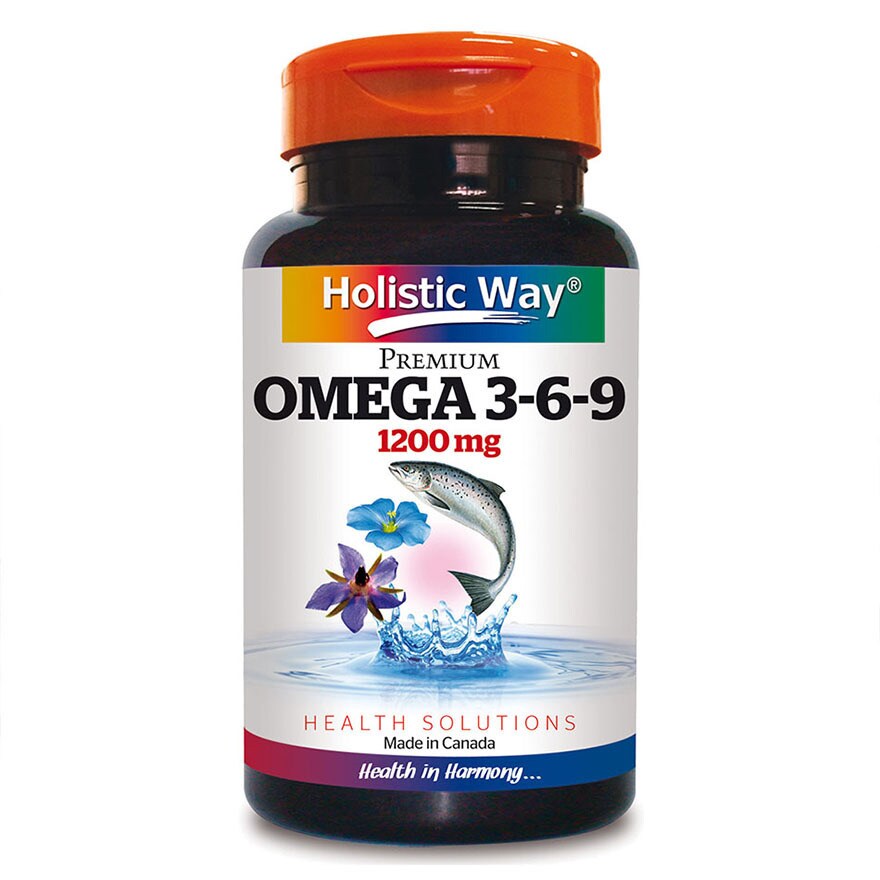
HOLISTIC WAY, Omega 3-6-9 1200mg 100 Soft Gels | Watsons Singapore

Puritan's Pride Maximum Strength Triple Omega 3-6-9 Fish, Flax & Borag – Puritan's Pride Singapore
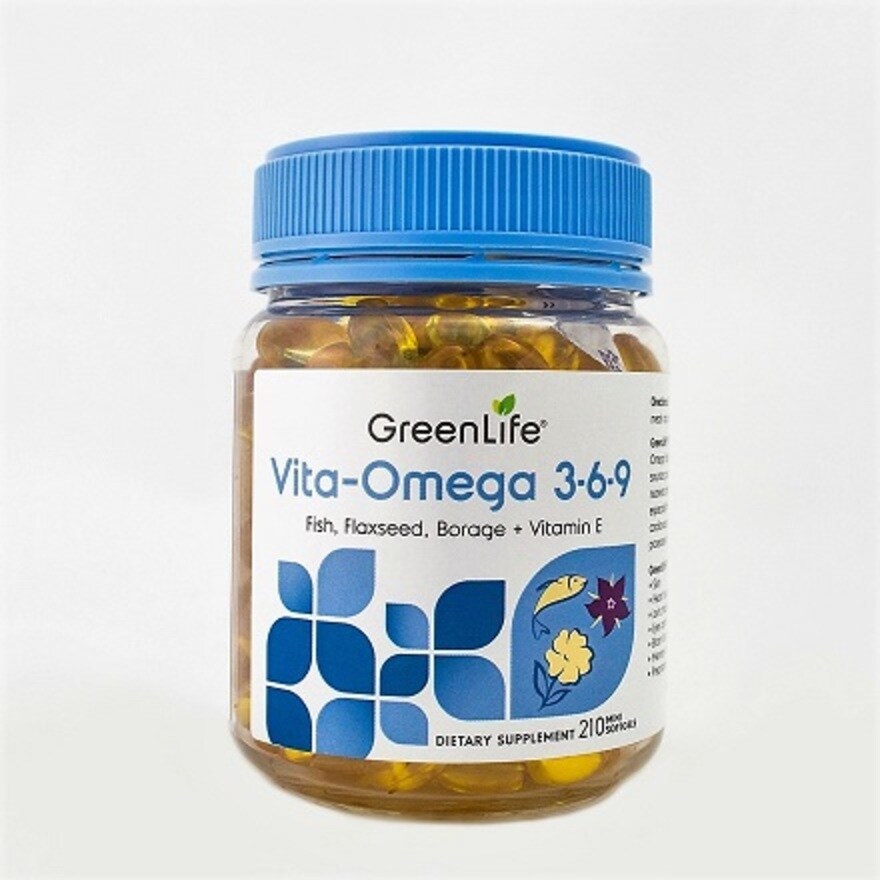
GREENLIFE, Vita-Omega 3·6·9 210 Soft Gels | Watsons Singapore

Omega 3-6-9, LongLife

Webber Naturals High Potency Omega 3-6-9, 180-Count: Amazon.ca: Health & Personal Care

Omega 3-6-9 Softgels - Solgar
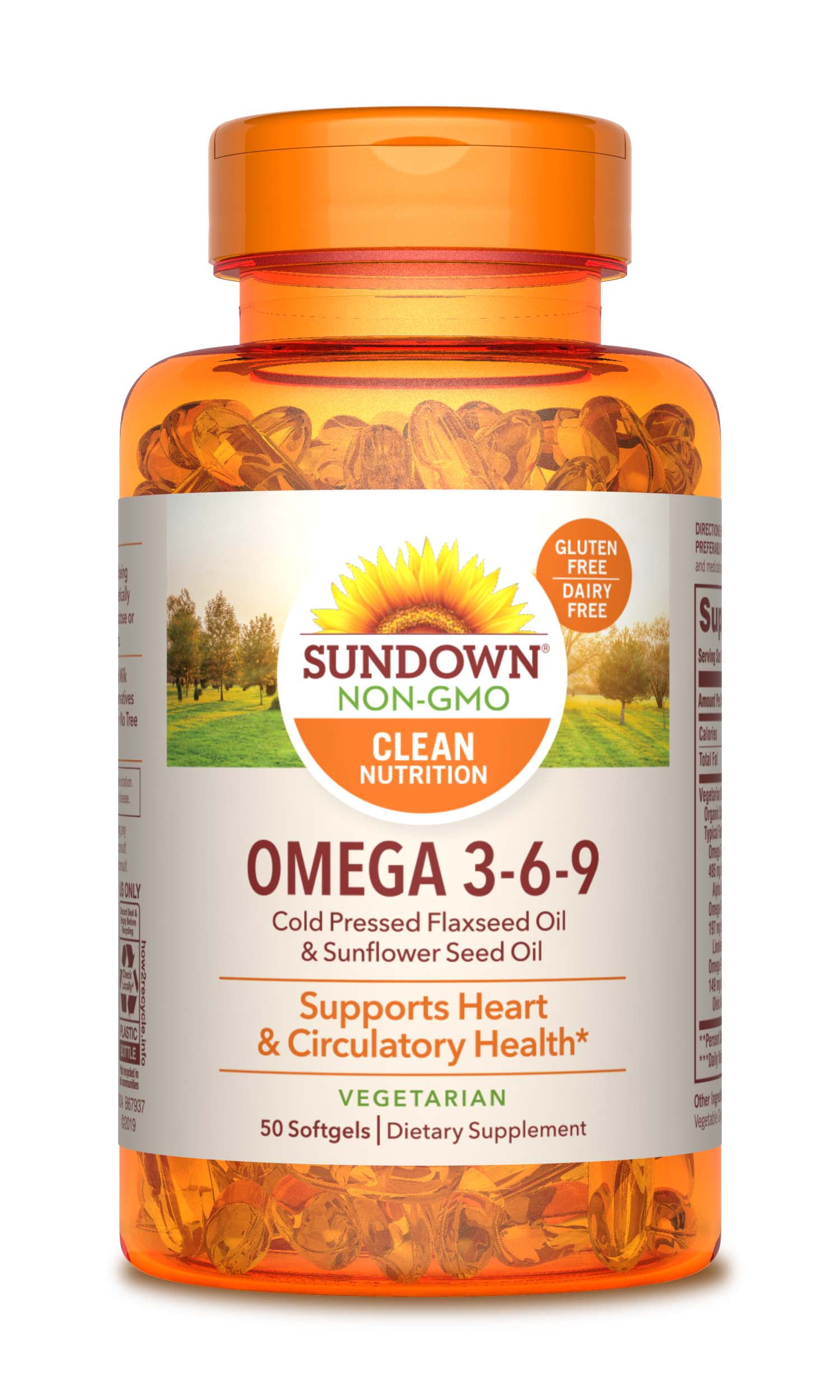
Sundown Naturals® Vegetarian Omega 3-6-9 495 mg, 50 Softgels - Walmart.com - Walmart.com
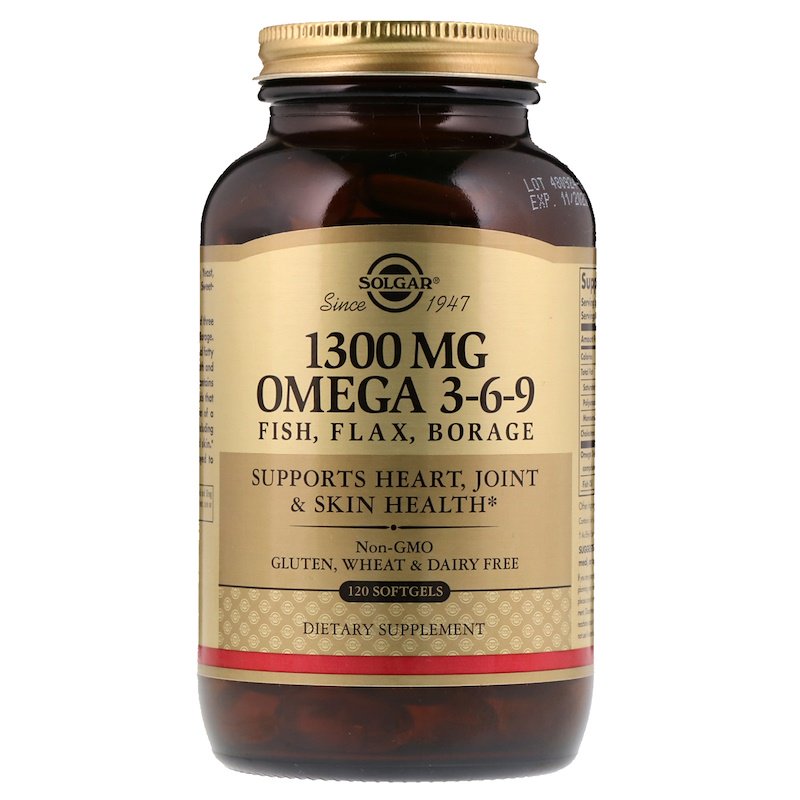
Solgar Omega 3-6-9, 1300mg | Fatburners.at

Vita-Omega 3-6-9 - OneLife Singapore
:fill(ffffff)/http://static.sg.zalora.net/p/holland-barrett-1455-5055651-1.jpg)
Buy Holland & Barrett Holland & Barrett Maximum Strength Triple Omega 369 60 Capsules 2021 Online | ZALORA Singapore

Omega 3-6-9 (100 softgels) by ProHealth | ProHealth.com

Puritan's Pride Maximum Strength Triple Omega 3-6-9 Fish, Flax & Borag – Puritan's Pride Singapore

Nature Made Triple Omega 3-6-9 Softgels, 180 Ct. - BJs WholeSale Club

Webber Naturals Omega 3-6-9 High Potency 1200mg Fish, Flax & Borage 150 & 180 Softgels – Nourish Me 補保工房

Country Life, Ultra Concentrated Omega 3-6-9 Complete. Natural Lemon, 90 Softgels - iHerb

PRINCIPLE NUTRITION PLUS, Plus Max Omega 369 + CoQ10 + Vitamin E 90 Capsules | Watsons Singapore
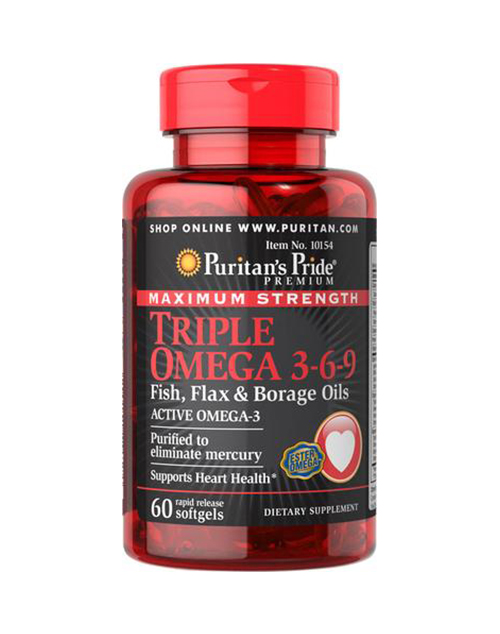
Puritan's Pride Maximum Strength Triple Omega 3-6-9 Fish, Flax & Borage Oils 60 Softgels - healthstore.sg

Amazon.com: NOW Supplements, Super Omega 3-6-9 1200 mg with a blend of Fish, Borage and Flax Seed Oils, 180 Softgels: Health & Personal Care
Omega 3 - 6 - 9
Omega 3-6-9 – America Medic & Science, AMS Ltd.
Puritan's Pride Maximum Strength Triple Omega 3-6-9 Fish, Flax & Borage Oils [60/120/240 Softgels] | Shopee Singapore
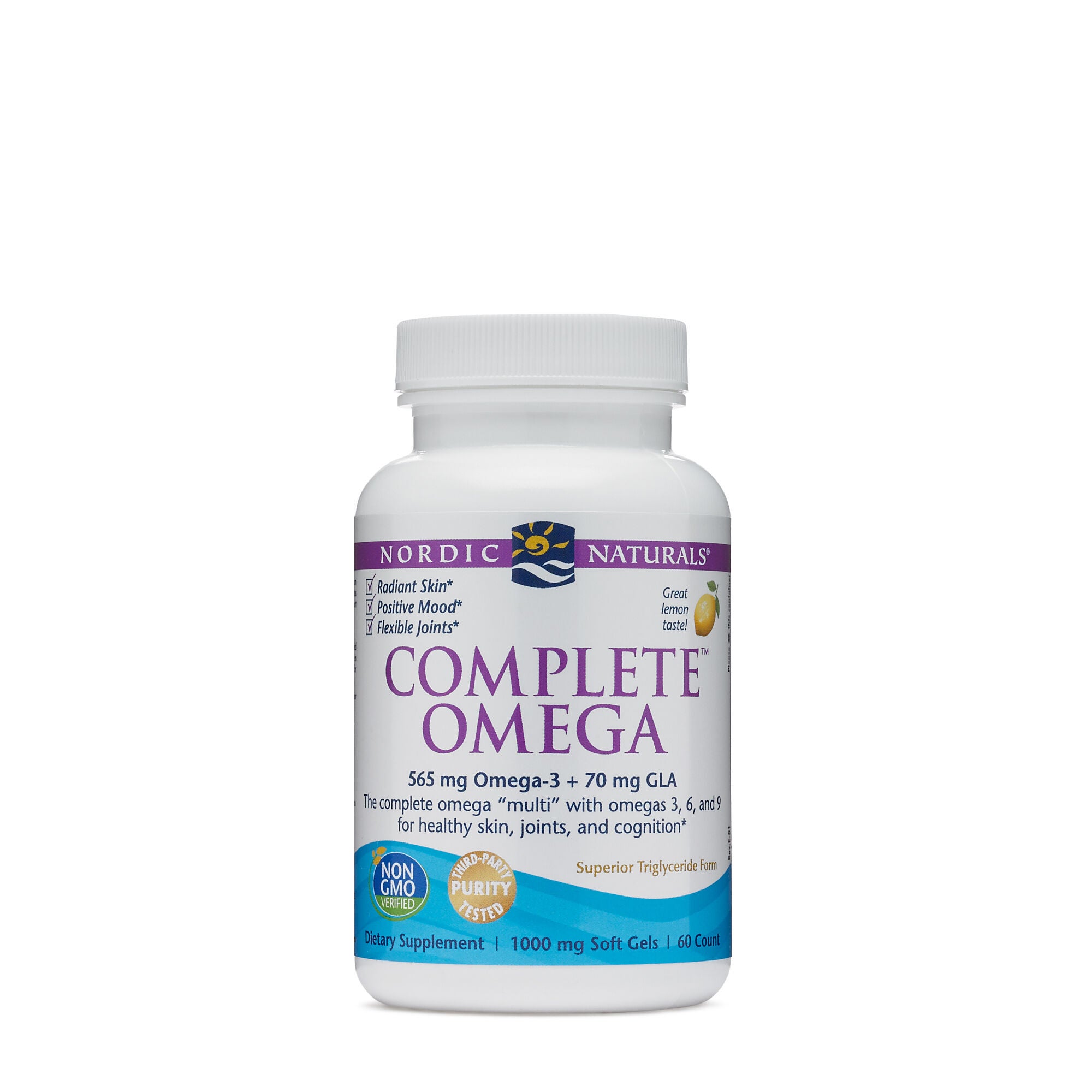
Nordic Naturals® Complete™ Omega-3·6·9 - Lemon | GNC

OMEGA 3, 6, 9 GEL CAPS

Solaray Ultra Omega 3-6-9 - 400mg | Natural is Better

ULTRA OMEGA 3/6/9 - Cardiovascular function
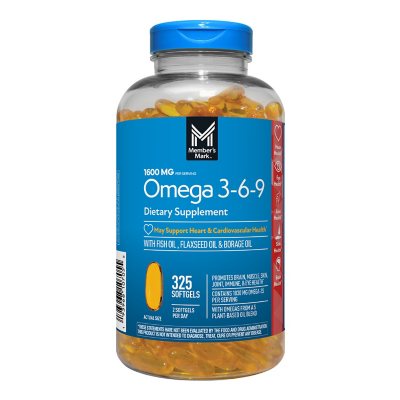
Member's Mark Omega 3-6-9 Dietary Supplement (325 ct.) - Sam's Club
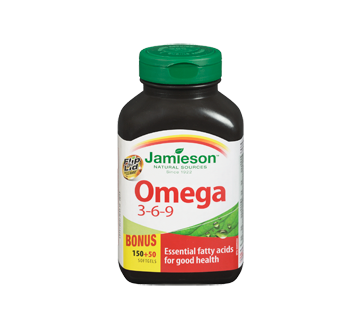
Omega 3-6-9 1,200 mg, 150 units – Jamieson : Omega and fish oil | Jean Coutu
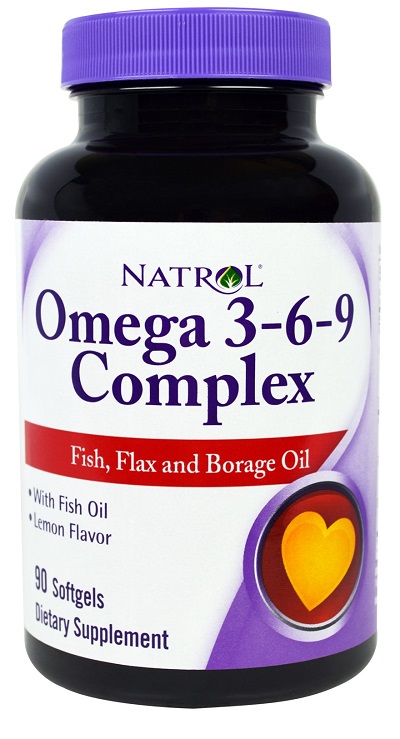
Natrol Omega 3-6-9 Complex - 90 Softgels - Bodybuilding and Sports Supplements

Member's mark omega 3-6-9 Dietary Supplement Sofegels - 325 Count for sale online | eBay

Buy Nature's Bounty Omega 3-6-9 Fish, Flax, Borage at Well.ca | Free Shipping $35+ in Canada
Posting Komentar untuk "omega 3 6 9"